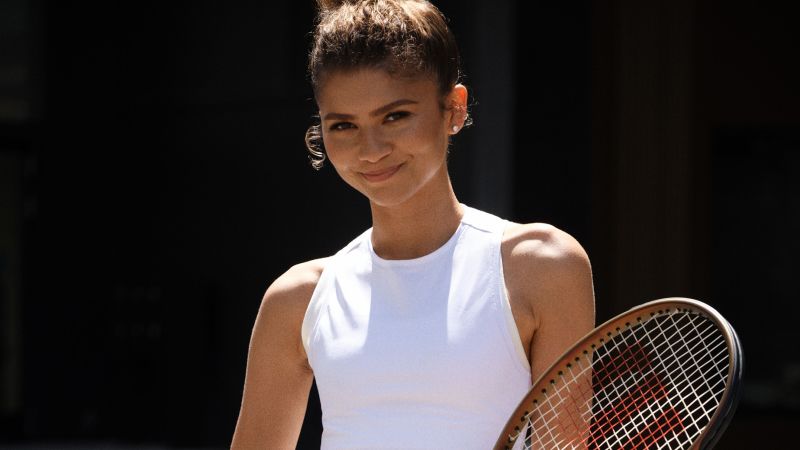The tradition of wearing all-white attire in tennis has deep roots, particularly at Wimbledon, which remains steadfast in its dress code regulations. While many major tournaments have relaxed their rules over the years, Wimbledon’s commitment to pristine whites stands as a hallmark of the sport’s history and social status.
Historical Context of Tennis Attire
The use of white clothing in tennis dates back to the sport’s Victorian-era origins, where it emerged as a leisure activity for the upper class. According to Kevin Jones, senior curator at the ASU Fashion Institute of Design & Merchandising Museum in Los Angeles, the choice of white is rooted in elitism. “It’s completely elitist because white clothes are difficult to maintain,” he stated in a conversation with CNN.
Historically, tennis attire was designed to reflect social status. In the late 19th century, women played in long skirts and corsets, while men wore wool trousers and button-down shirts. The sport’s connection to fashion has evolved, influencing broader cultural trends. For example, Zendaya showcased tennis-inspired fashion at a recent red-carpet event, highlighting the intersection of sport and style.
Wimbledon’s Strict Dress Code
Wimbledon, the oldest tennis tournament in the world, has maintained strict guidelines regarding player attire. While the previous rules required “predominantly white” outfits, organizers shifted to a stricter “almost entirely white” standard after incidents like Roger Federer’s orange-soled sneakers being banned in 2013. The rules prohibit any off-white or colored panels, which has sparked debates about their relevance in modern sports.
In 2023, a notable change allowed female players to wear dark-colored shorts to address concerns about menstruation leaks. This adjustment reflects a growing awareness of player needs, but the overall dress code remains a point of contention.
Throughout its history, tennis has seen players challenge these dress codes. Suzanne Lenglen made headlines in 1919 when she traded her long dresses for a calf-length skirt, becoming a fashion icon of her time. More recently, Serena Williams has stirred discussions with her choice of outfits, including a black compression catsuit that she wore at the 2018 French Open, citing health concerns following childbirth.
The Influence of Fashion on Tennis
As tennis attire has evolved, so has its impact on the fashion industry. Labels like Lacoste and Fred Perry have emerged from the sport, while innovative designs continue to challenge traditional norms. The sport’s visual appeal has led to increased marketing opportunities, with brands keen to showcase their colors and logos through player attire.
The tension between tradition and modernity is palpable at Wimbledon. The strict dress code has frustrated brands eager to promote their collections, especially when players like Bjorn Borg popularized colorful attire in the late 20th century. Rothenberg notes that such restrictions can hinder marketing efforts, stating, “Wimbledon’s restrictive rules have been frustrating for brands trying to sell their tournament collections.”
Controversies have arisen over how dress codes have historically affected female players more than their male counterparts. While men’s attire has largely remained consistent—shorts and polo shirts—women’s fashion has seen greater innovation. Rothenberg observes, “There’s been a lot of men’s short length getting markedly shorter… maybe someday there will be rules against that if they start showing too much cheek.”
With Wimbledon’s unwavering adherence to tradition, it presents a unique case within the sports world, balancing the heritage of the game with the evolving landscape of fashion. While other tournaments have embraced color and creativity, Wimbledon remains a bastion of the classic, reinforcing its identity and brand in the sport.
As tennis continues to grow in popularity, the discussion surrounding dress codes will likely persist. The interplay between tradition and modern demands will shape the future of tennis attire, influencing how players express themselves on and off the court.






































































